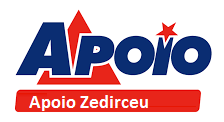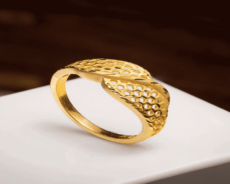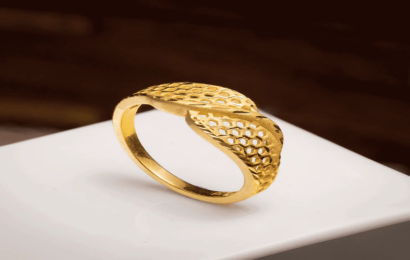When you think of Neon signs, what do you see? Do you think you will bring fantastic flamenco to the bar? Or do you remember the Neon signs of your favorite restaurant hanging on the windows? Neon signs from Sketch and Etch are the passing days as they shine like other light sources. In this article, we explore the history of neon signs and why it is so popular.

What is Neon sign?
Neon sign is a Cold Cathode Fluorescent Lamp (CCFL). A typical neon lamp consists of a neon tube and a small amount of argon gas. Brands like Sketch and Etch Neon signs are to represent the symptoms of many colors, but Neon signs create all colors. For example, Neon signs are helium, not neon. On the other hand, the red neon sign is by neon gas. Usually, Neon signs are as accent lighting used to improve the quality of buildings or to draw people’s attention to products or services.
Who invented Neon signs?
A person is making a Neon sign advertisement, saying that it is unfair to say so; on the contrary, over time, the work of countless chemists and inventors gradually led to the appearance of Neon signs. After years of discovery and trial and error, the night sky has stagnated. It is the invention of neon advertising.
William Ramsay & Morris W. Travers:
In the 19th century, Scottish chemist William Ramsay and his colleague Morris W. Travers examined the hidden inert gases in the air. After separating gas from liquefied argon in 1898, Ramsey and Traverse discovered neon in addition to krypton and xenon. Each of these gases emits an unusually bright color in the high-pressure glass tube. His discovery became the basis of Neon signs.
Georges Claude:
The inventor Georges Claude also used air purification technology and mass-produced it in industry. In 1902, he founded L’Air Liquide and quickly transformed it into a global company. Claude discovered by selling liquid oxygen. After Ramsey seemed to find that everything no longer appeared in a vacuum, he decided to focus on other topics, such as solving the problem of electric lighting. To Neon signs to provide other light sources from liquefied air.
Claude accepted the idea of inventor Daniel McFarlane Moore, which is to pass an electric current through a tube of gaseous white light. Claude perfected Moore’s idea by adding giant electrodes that could keep it cool for longer periods and replacing Moore’s gas with neon gas. Claude’s lamp has been used for centuries and burns evenly and brightly. Claude applied for a patent for Neon signs in 1910. Claude admits that neon red is not the best choice for general lighting, but it is suitable for gorgeous decorative lighting.









